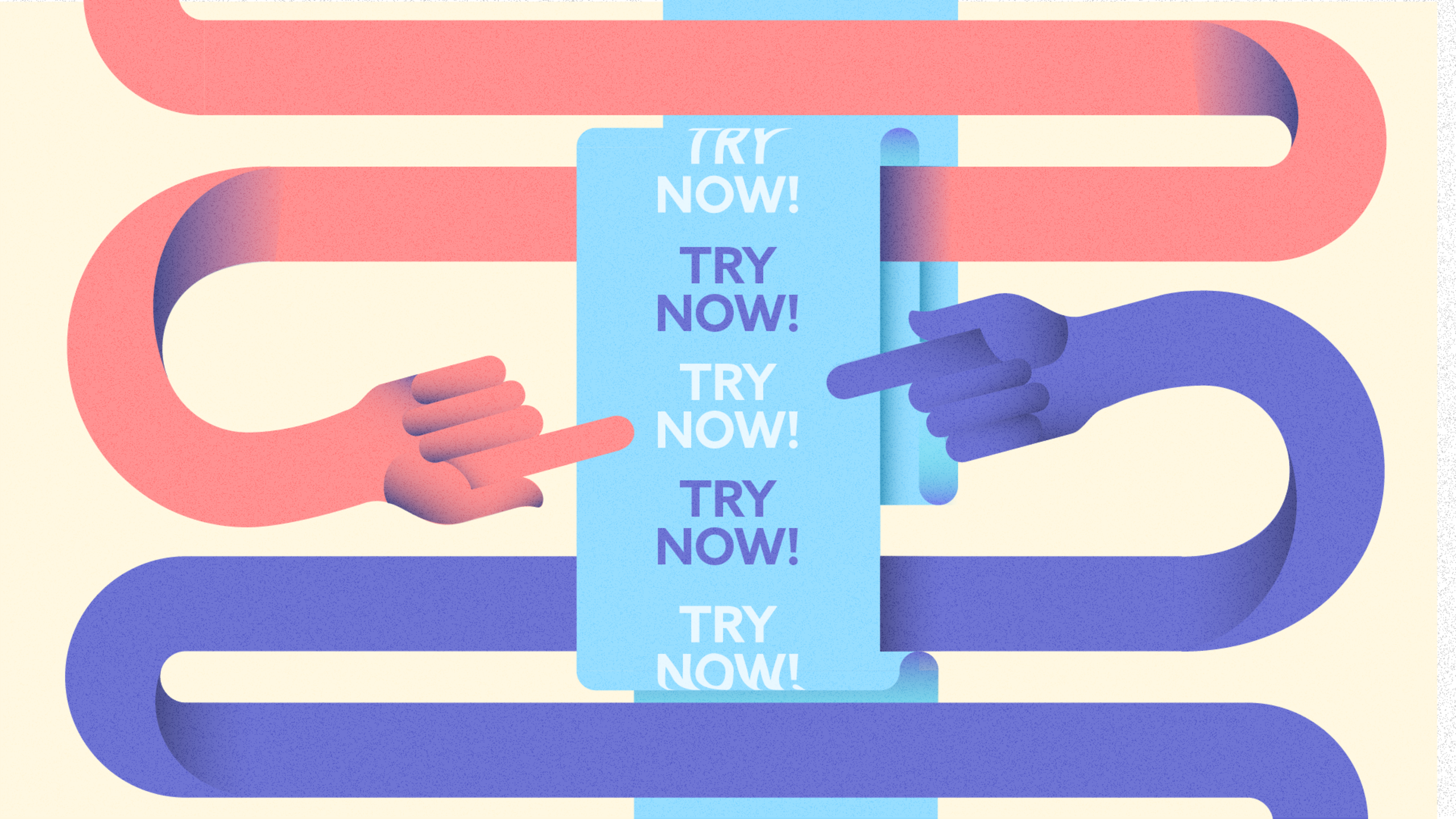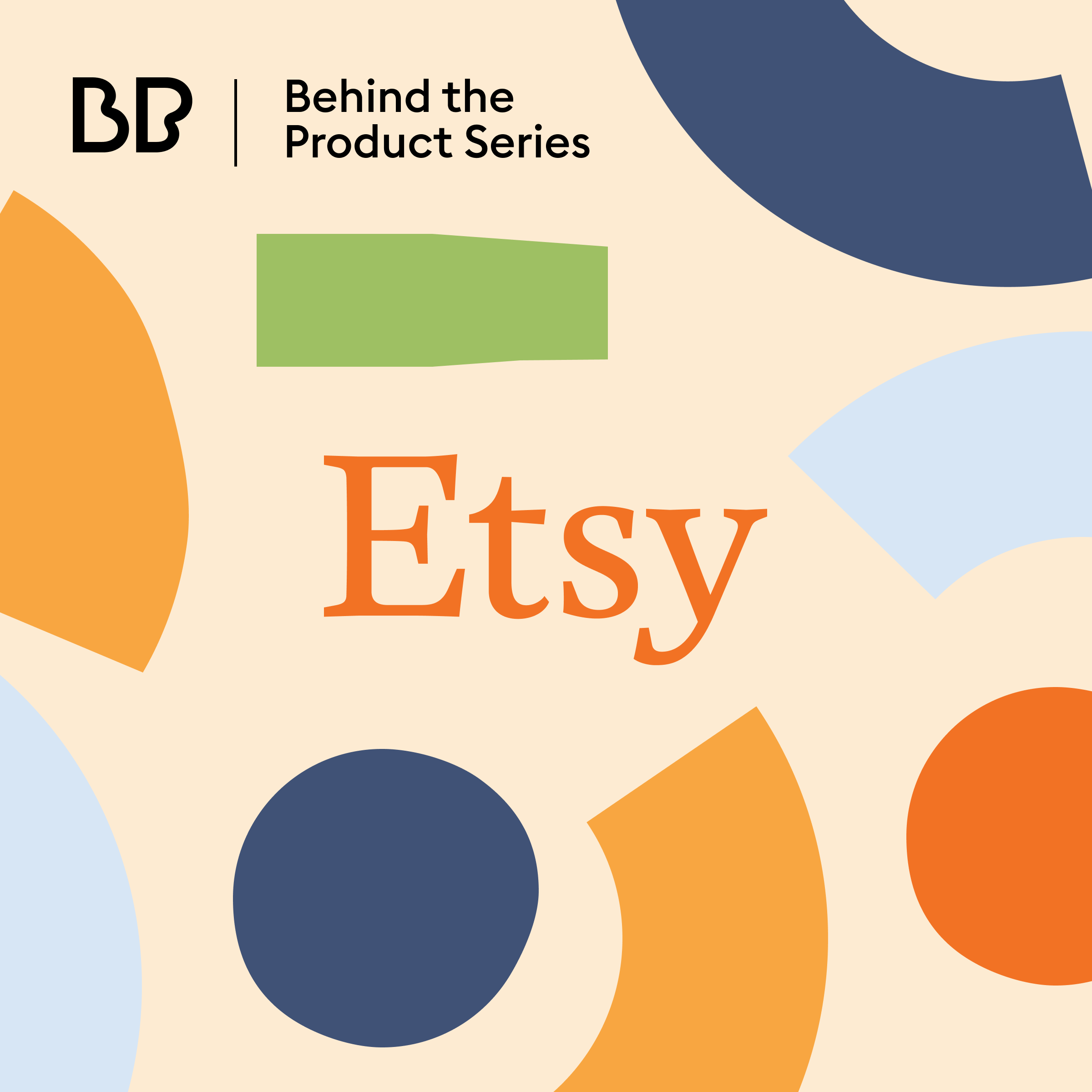Design solutions happen at the intersection of business value and customer needs. If we want our teams to be able to create these solutions, we need to empower them with the information they need to understand business performance and strategy.
That’s what Etsy’s Head of Product Design, Christina Goldschmidt, joins us to discuss.
We talk through practical steps to invite designers into conversations that show them where their work fits in the big-picture user experience, product, and business strategy. Christina also shares how she’s focusing on agency and transparency with her team and why experimentation is so important to confidently building new things.
Takeaways:
- Design solutions find the intersection of business value and customer needs.
- Encourage conversation around business metrics and strategy to help your design team contextualize their work.
- Focus on preserving and strengthening your team’s culture during transition.
- Find and create new opportunities for professional development while working remotely.
- Experimentation provides confidence in the initiatives you launch.
Things to Listen For:
- [03:30] Why people matter most in product design
- [04:30] Design as a “lifestyle career”
- [05:00] Intersecting business value and customer needs to create design solutions
- [05:45] How Christina helps her design team understand the business
- [07:00] Encouraging dialogue around business metrics and strategy with designers
- [11:15] Accelerated growth of e-commerce in the pandemic
- [15:00] Focusing on team culture during uncertain times
- [17:45] Reflecting on changes over the past year and a half
- [18:30] Giving teams agency through the squad model
- [20:00] Building in “breather moments” for remote teams
- [21:15] Finding alternative options for professional development for remote teams
- [22:45] Etsy’s experimentation culture and why experimentation matters
- [28:15] Reflecting on Christina’s perspective on design at Etsy
- [30:20] Etsy Product Design Manager Mike Hardy’s take on design as a lifestyle career
- [32:00] Preserving and strengthening design culture
- [34:30] Communication as a form of design

